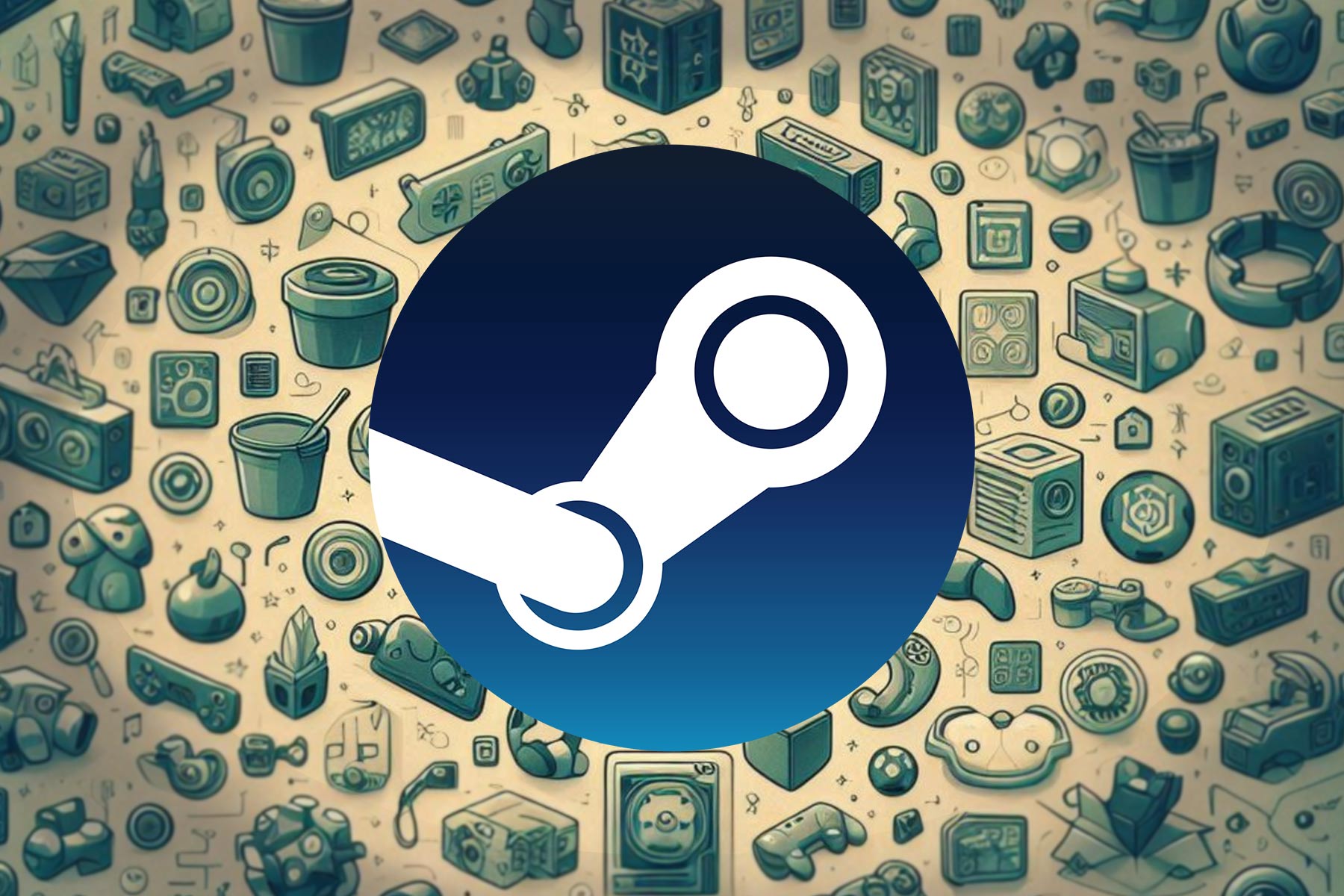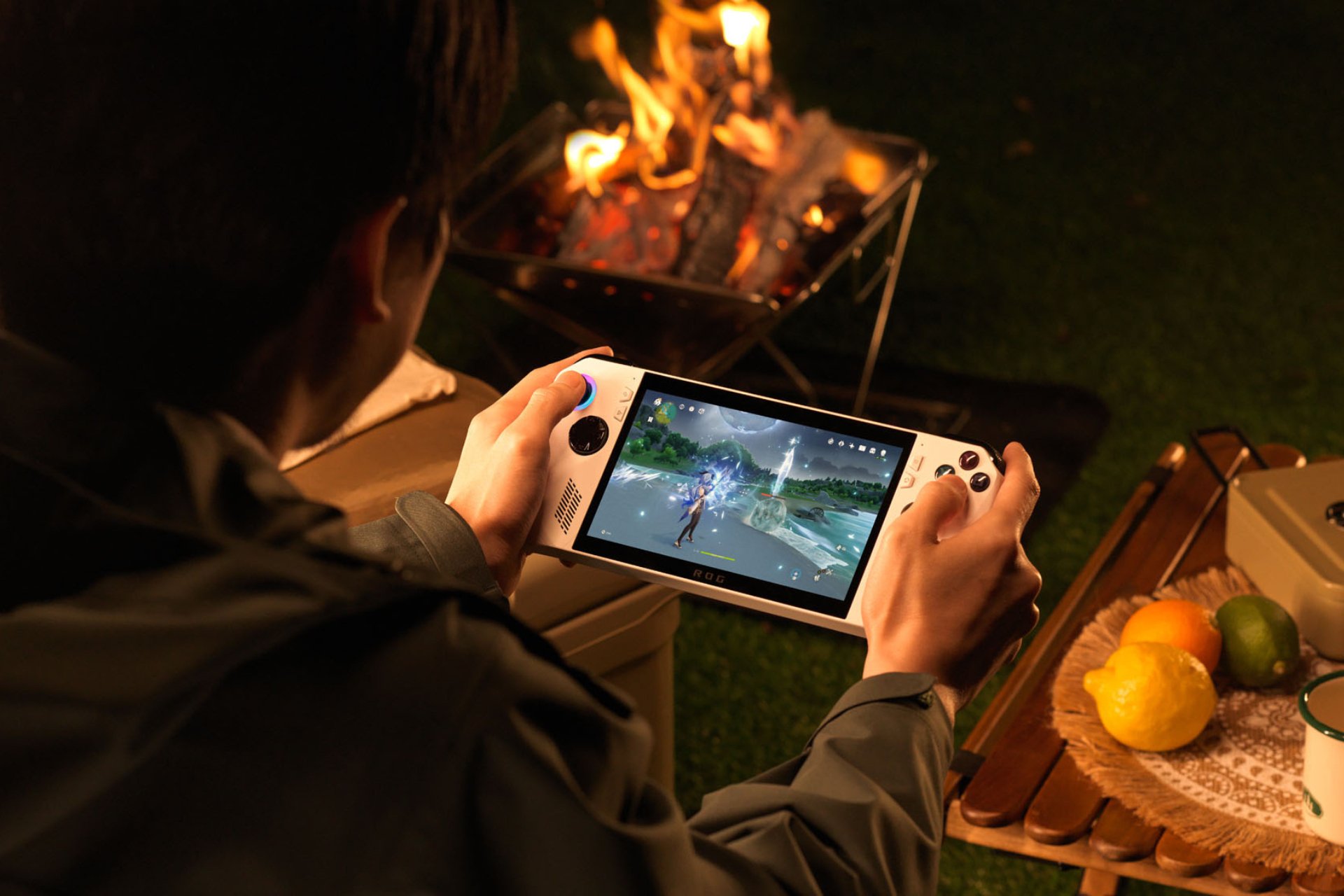With the focus on making Windows 10 better for desktops, Microsoft hasn't forgotten about Continuum
2 min. read
Published on
Read our disclosure page to find out how can you help Windows Report sustain the editorial team Read more
Microsoft’s current focus on improving Windows 10 for PCs has left some fans of the Windows 8 and 8.1 experience scratching their heads. Many are appreciating the polished touches of the desktop experience like virtual desktops, refined Start menu options, and windowed apps. Some of us, however, are still waiting to see how Windows 10 will improve the tablet experience.
Microsoft’s proposed Continuum project had some light shed on it at a couple of announcements leading up to the Windows 10 Technical Preview reveal in January. At the January event, Joe Belfiore and others touted the experience as a game-changing feature. Continuum would do a better job of selling newer forward-thinking devices, as well as guide the user experience in a natural way. Since January, there seems to be no movement of the project and features related to the tablet experience.
Today at WinHEC, Microsoft is showing their dedication to the project and offering some more insight on Continuum. We’ve seen at events how Continuum was designed to transition detachables like the Surface Pro 3. Today, Miron Vranjes, the Senior Program Manager of the Windows 10 User Experience Team also informs us that Continuum will work across tablets and convertibles. Vranjes explains the intended goal of Continuum is to enable a great tablet and great laptop experience.
The session titled ‘Designing Great Hardware for the Windows 10 UI’ goes into some detail about explaining to OEMs how tablet mode is supposed to work. Users of Windows 10 devices, particularly tablets, detachables, and convertibles can initiate Tablet Mode manually.
The Windows team is recommending better hardware sensors as well as implementing injection drivers to handle the processes while the hardware is transitioning. OEMs were also informed that Continuum will also extend to docking stations as other means of Windows 10’s UI change.
Vranjes also highlights some of the improvements that are desktop side but effect the way tablet users will interact with Windows 10 and newer hardware. Much of this section is old news to Windows Insiders but should be welcomed to all once Windows 10 is finally released.












